Is Autism Overdiagnosed?


Understanding the Controversy Surrounding Autism Diagnosis Trends
In recent decades, autism spectrum disorder (ASD) diagnoses have surged dramatically, prompting questions about whether this reflects a true increase in prevalence or a case of overdiagnosis. With asymptomatic or mild cases increasingly identified and diagnostic criteria broadening, experts call for a nuanced examination of this phenomenon. This article explores the evidence, challenges, and implications of rising autism diagnosis rates while investigating whether overdiagnosis plays a significant role.
Historical Trends and Diagnosis Rates of Autism
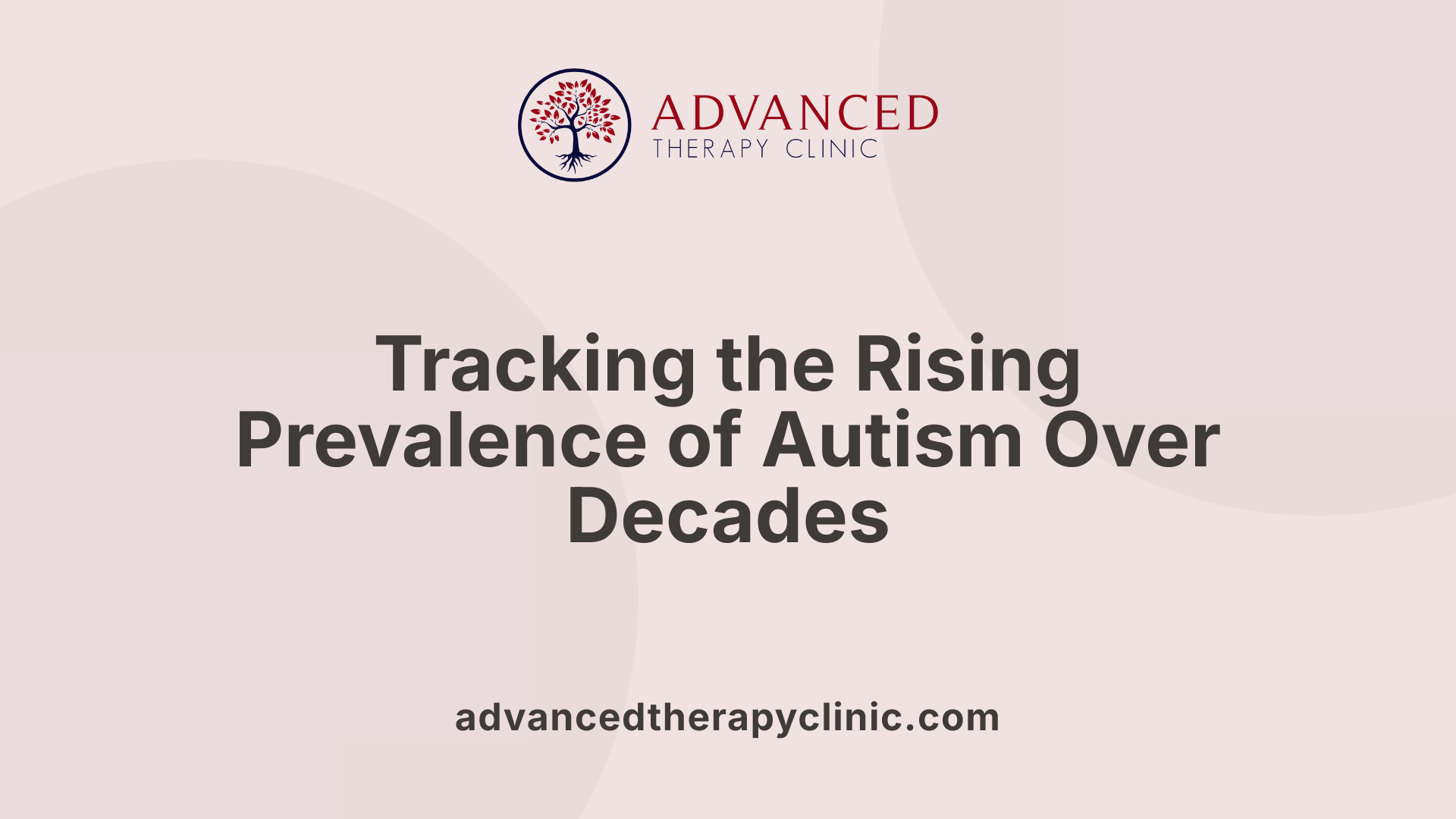
Has autism diagnosis prevalence changed over the decades?
The prevalence of autism spectrum disorder (ASD) has experienced a remarkable rise over recent decades. In the early 1980s, the rate was approximately 5.5 per 100,000 children. By the mid-1990s, this number had increased to about 44.9 per 100,000, and today, according to recent CDC data, about 1 in 31 children are diagnosed with autism. This escalation is not only substantial but also indicative of broader changes in how autism is identified and understood.
How much has the diagnosis rate increased?
The increase from roughly 1 in 4,000 children in earlier decades to approximately 1 in 31 children today marks a significant rise in diagnosed cases. In the United States, autism diagnoses jumped from 1 in 150 children in 2000 to about 1 in 31 in 2022, reflecting an nearly 500% increase over 16 years.
What factors have contributed to the rise?
Multiple factors have influenced this trend. Changes in diagnostic criteria, especially with the introduction of DSM-5 in 2013, have broadened what is classified as autism, combining different disorders like Asperger's and PDD-NOS into a spectrum. This expansion allows for milder cases to be diagnosed, increasing overall numbers.
Increased awareness among parents, educators, and healthcare providers has made autism more recognizable and diagnosable. Advancements in screening tools and evaluation practices have further enhanced detection accuracy.
Additionally, sociological and environmental factors, such as increased research funding, societal support, and educational efforts, have contributed to the higher number of diagnoses. Diagnostic substitution, whereby children previously diagnosed with other developmental disorders are now labeled with ASD, also plays a role.
Could this trend indicate overdiagnosis?
While the rise may reflect a genuine increase in autism prevalence, many experts debate whether overdiagnosis contributes significantly. Broader criteria and heightened awareness can lead to labeling children with mild or ambiguous symptoms as autistic, even when symptoms might have previously gone unrecognized.
Research suggests that overdiagnosis is a concern, particularly among populations where symptoms can overlap with other mental health conditions such as ADHD or social anxiety. For instance, some studies note that children with developmental delays or atypical behaviors are sometimes labeled as autistic despite not meeting strict diagnostic criteria.
Despite these concerns, many health professionals emphasize the benefits of early and accurate diagnosis, which can lead to timely interventions. However, overdiagnosis risks include unnecessary family anxiety and the misallocation of therapeutic resources.
The importance of balanced diagnosis approaches
To mitigate overdiagnosis, continuous training and experience among clinicians are vital. Harmonizing assessment standards across regions and research into diagnostic accuracy are ongoing efforts.
Ultimately, understanding whether the increased rates reflect true prevalence or diagnostic inflation remains a critical focus for research and policy. As Dr. Allen Frances notes, the lowering of diagnostic thresholds over time has played a part in these trends, yet recognizing the complex factors behind the rise is essential for ensuring appropriate support and resources.
| Decade | Autism Diagnosis Rate | Comments |
|---|---|---|
| 1980s | 5.5 per 100,000 | Initial estimates, limited awareness |
| 1990s | 44.9 per 100,000 | Increased recognition and criteria change |
| 2000 | 1 in 150 children | Growing awareness and screening |
| 2020s | 1 in 31 children | Broader criteria, better screening |
This trend underscores the importance of ongoing evaluation of diagnostic practices to avoid both underdiagnosis and overdiagnosis, ensuring that children who need support receive it without unnecessary labeling.
Diagnostic Challenges and Evolving Definitions
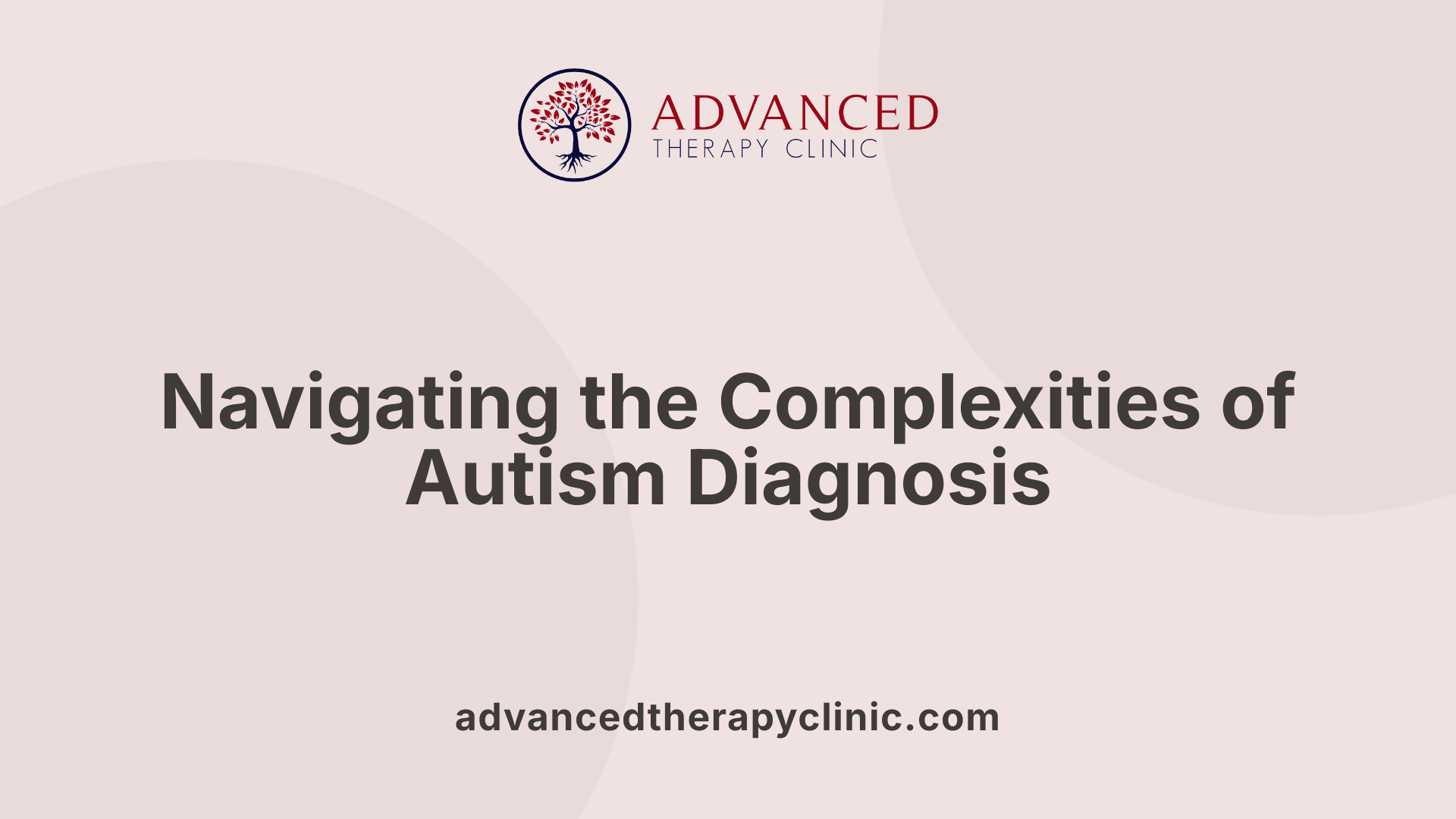
What are the challenges and accuracy issues in diagnosing autism spectrum disorder (ASD)?
Diagnosing autism spectrum disorder (ASD) is inherently complex, largely because of its broad range of symptoms and varying presentation among individuals. ASD encompasses everything from mild social difficulties to profound autism requiring constant care, which makes precise diagnosis difficult.
A primary challenge is that ASD symptoms often overlap with other mental health and developmental conditions such as ADHD, OCD, schizophrenia, and intellectual disabilities. This symptom overlap can lead to misdiagnosis, underdiagnosis, or delayed diagnosis, especially in cases with milder symptoms.
Current diagnostic tools and criteria, including the DSM-5, have been updated to encompass a wider spectrum, which has increased sensitivity but also raised questions about specificity. The broad, sometimes vague criteria can cause some individuals to be labeled as autistic even when their symptoms are mild, ambiguous, or do not meet the traditional threshold.
Gender differences further complicate diagnosis. Women and girls often present differently, with many masking their symptoms through social behaviors or adapting to social expectations. These masking behaviors can lead to delayed recognition or misdiagnosis, commonly as social anxiety or other mental health conditions.
Socio-cultural factors such as increased awareness, research funding, and institutional support also influence diagnosis. For example, heightened awareness has resulted in more children being evaluated, but it can also contribute to overdiagnosis, especially when behaviors once considered normal are now pathologized.
Limitations in current diagnostic tools include the reliance on subjective assessments, developmental history, and behavioral observations rather than biological markers like lab tests or brain scans. This makes early detection particularly challenging, as symptoms may resemble those of other disorders or may not be evident until social demands increase.
Access to specialist assessment is another barrier. Families in underserved areas may lack the resources or trained professionals necessary for accurate evaluation. This can result in both missed diagnoses and unnecessary labels.
Improvements in screening and diagnostic methods have enhanced sensitivity, allowing for earlier detection in some cases, but they are not foolproof. The nuance required to distinguish ASD from other conditions remains a significant obstacle.
In summary, the diagnosis of ASD involves navigating a wide spectrum of symptoms, overlapping conditions, and various external factors that impact accuracy. Continual research, refinement of diagnostic tools, and increased awareness are essential to improve early detection and precision in identifying autism.
| Aspect | Challenges | Additional Details |
|---|---|---|
| Symptom variety | Heterogeneity of presentation | Ranges from mild to severe, overlapping with other disorders |
| Overlap with other conditions | Difficult to distinguish from similar disorders | ADHD, OCD, social anxiety, and others can mimic ASD |
| Diagnostic criteria | Broad and sometimes vague | Expands diagnosis but risks overdiagnosis |
| Gender differences | Masking behaviors in females | Social adaptation leads to delayed detection |
| Assessment tools | Subjective and behavioral | No definitive biological tests exist |
| Socio-cultural influences | Increased awareness and sociocultural factors | Can lead to over- or underdiagnosis |
| Access to care | Resources vary geographically | Affects timely and accurate diagnosis |
Understanding these challenges highlights the importance of ongoing research and nuanced assessment approaches. Improving diagnostic accuracy is crucial to ensure individuals receive appropriate support and interventions tailored to their needs.
Factors Contributing to Increasing Diagnosis Rates
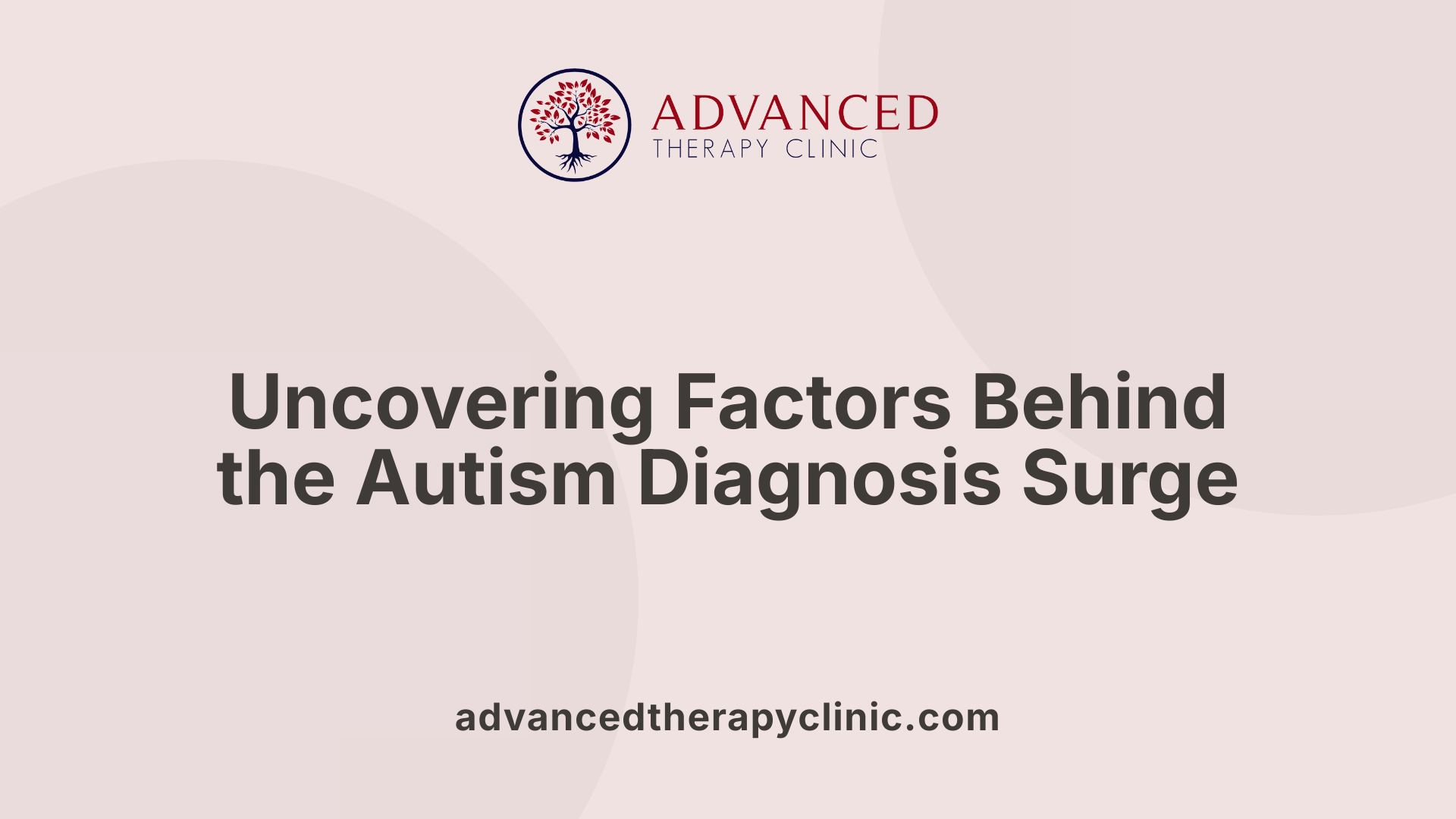
What factors contribute to increased autism diagnoses, and do they reflect overdiagnosis?
The rapid increase in autism diagnoses over recent decades has generated much discussion within the medical and scientific communities. Several interconnected factors have contributed to this trend, some of which suggest a true rise in autism prevalence, while others indicate changes in diagnostic practices possibly leading to overdiagnosis.
One of the primary reasons for the soaring diagnosis rates is the revision and broadening of diagnostic criteria. For instance, the introduction of DSM-5 in 2013 merged various previously separate conditions such as autism, Asperger’s syndrome, and PDD-NOS into a single spectrum, making it easier to diagnose milder and more subtle cases.
Along with these changes, increased awareness among parents, educators, and healthcare professionals has led to more evaluations. Better screening tools and testing protocols have improved detection accuracy, capturing cases that might have previously gone unnoticed.
However, this heightened awareness and evolving criteria come with criticisms. Some experts argue that this phenomenon has caused overdiagnosis, where children with minor, transient, or non-specific behaviors are labeled as autistic. This concern aligns with observations that behaviors once considered normal are now sometimes misclassified, leading to inflated prevalence rates.
Besides diagnostic factors, various environmental, parental, and prenatal risks have been associated with autism. Advanced parental age, maternal health issues, prenatal exposures to toxins, and postnatal factors like complications during early development could contribute to an actual increase in autism cases.
Sociodemographic disparities also shape diagnosis rates. Socioeconomic status, race, and gender strongly influence access to resources, awareness, and diagnostic sensitivity. For example, women and girls have historically been underdiagnosed due to differences in symptom presentation, but recent efforts have narrowed this gap.
Research indicates that systemic biases and inequalities might inflate diagnosis figures in some populations while underestimating them in others. Furthermore, diagnostic substitution — where children previously diagnosed with other developmental disorders are now labeled as autistic — has also inflated prevalence statistics.
In conclusion, the increase in autism diagnosis stems from a complex blend of true prevalence drivers and systemic, sociocultural, and procedural factors. While some of the rise reflects genuine cases, the role of overdiagnosis cannot be dismissed. The heightened awareness, broader criteria, and improvements in screening have undoubtedly improved early detection but have also raised concerns about pathologizing normal variations in development.
| Contributor | Impact | Additional Notes |
|---|---|---|
| Diagnostic Criteria Changes | Broader spectrum, increased detection | DSM-5 broadened definitions, |
| Enhanced Screening & Awareness | Increased identification | Better tools, public awareness campaigns |
| Sociodemographic Factors | Disparities based on access, bias | Race, gender, socioeconomic status |
| Environmental & Prenatal Risks | Genuine rise in prevalence | Parental age, toxins, maternal health |
| Diagnostic Substitution | Inflated numbers | Reclassification from other disorders |
Understanding these factors is vital for clinicians, policymakers, and families to navigate the landscape of autism diagnosis effectively and ethically.
Expert Opinions and Medical Perspectives
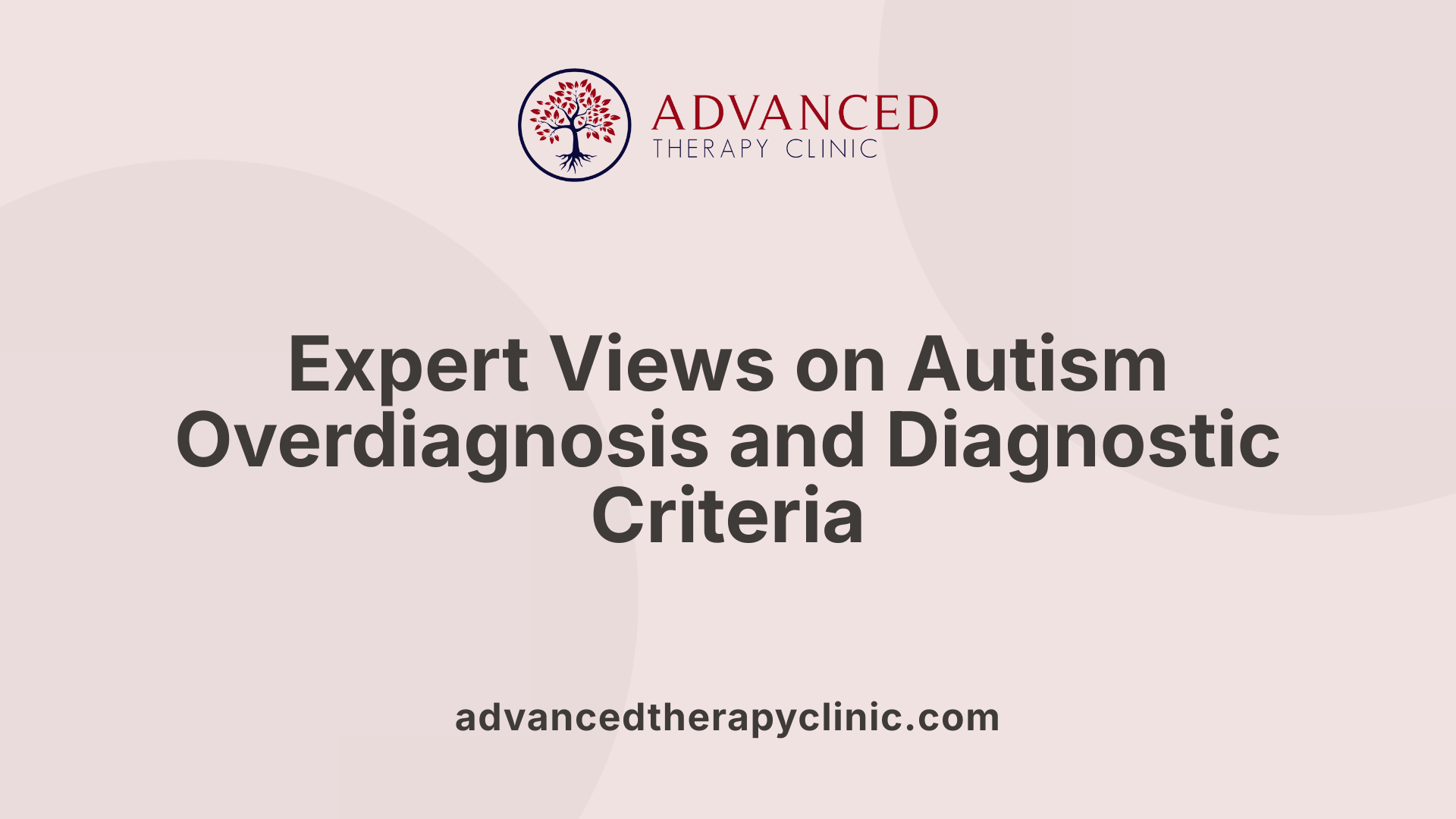
How do expert opinions and medical perspectives view the possibility of overdiagnosing autism?
Many experts and researchers express concern that autism might be overdiagnosed in recent years. This concern stems from observations that the rise in ASD diagnoses correlates with broader diagnostic criteria, increased awareness, and improved screening procedures.
Dr. Allen Frances, a well-known psychiatrist involved in developing the DSM-IV, has publicly stated regret about lowering the diagnostic threshold for autism. He believes this change contributed to an increase in overdiagnosis, highlighting the influence of expanded criteria that include milder or atypical presentations.
Research indicates that overdiagnosis could be affecting more than 10% of cases, with some children being labeled autistic when their symptoms are mild or unclear. The lack of biological markers for autism complicates accurate diagnosis, leading reliance on behavioral assessments that can sometimes be subjective.
Experts note that increased awareness among healthcare professionals and the public has resulted in more children being evaluated and diagnosed. While early identification is vital for intervention, the expansion of diagnostic criteria, especially with DSM-5’s unification of autism spectrum disorders, may inadvertently classify many individuals with overlapping or less severe symptoms as autistic.
The diagnostic process is inherently complex because autism symptoms often resemble those of other disorders, such as ADHD, OCD, or social anxiety. This overlap, combined with variations in presentation and differences in clinician experience, raises concerns about both over- and underdiagnosis.
Inexperience among some professionals, particularly those new to autism assessment, can contribute to inaccurate diagnoses. This underscores the importance of ongoing training, so clinicians can distinguish between autism and similar conditions accurately.
In summary, while improved diagnosis and early intervention are beneficial, there is a clear cautious stance among many experts that the tendency to overdiagnose may result in unnecessary treatments, family anxiety, and misallocation of resources. Balancing broad awareness with rigorous assessment is crucial to ensure that diagnoses are precise and meaningful.
Implications and Future Directions
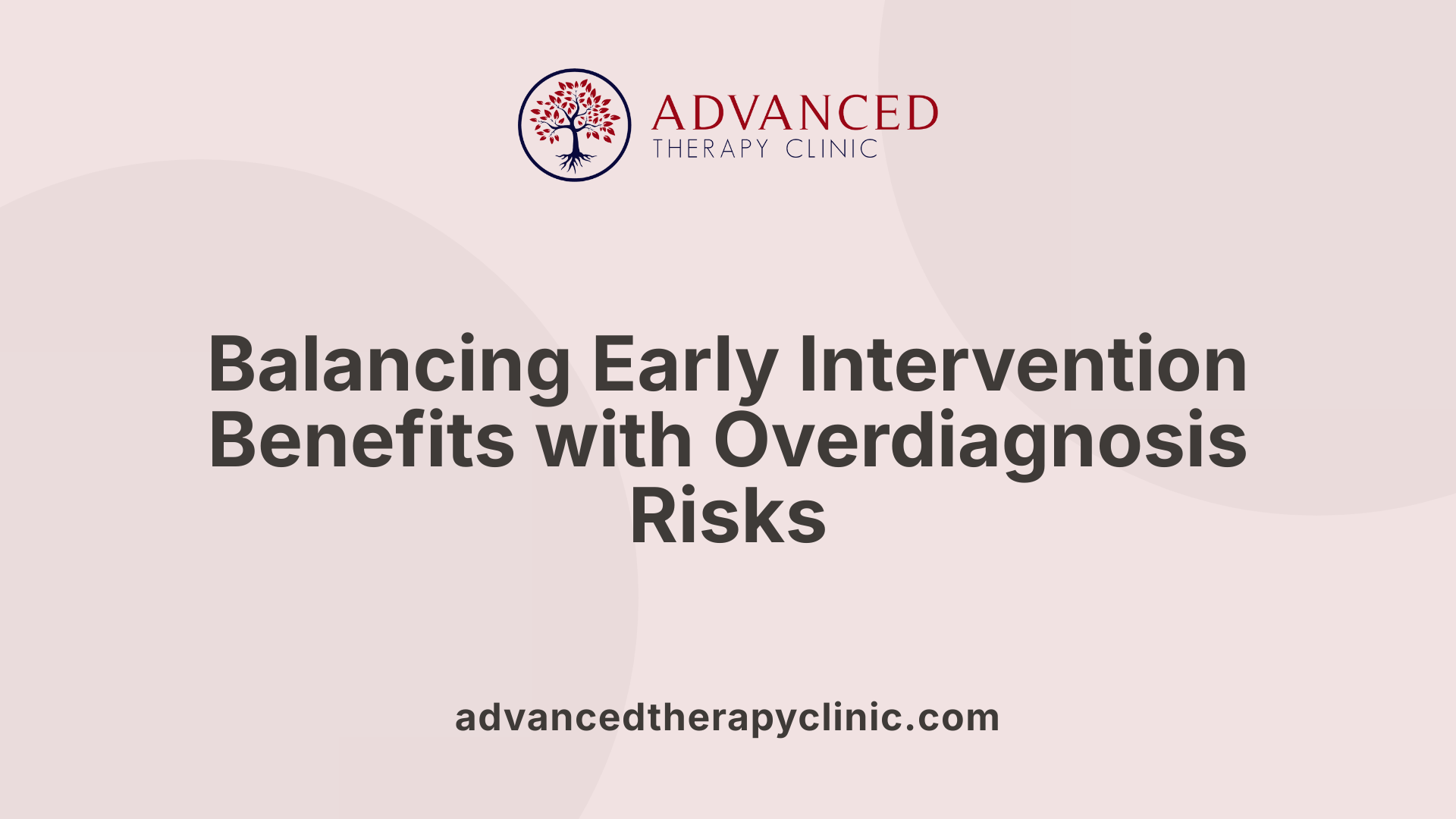 The dramatic rise in autism diagnoses over recent decades has ignited discussions about the implications of overdiagnosis and the necessary steps forward.
The dramatic rise in autism diagnoses over recent decades has ignited discussions about the implications of overdiagnosis and the necessary steps forward.
One of the primary benefits of early detection and intervention is that children identified with autism can access therapies like occupational or behavioral support that improve their functioning and quality of life. Early interventions can help develop communication skills, reduce behavioral challenges, and foster social integration.
However, there are notable risks associated with overdiagnosing autism. When children are labeled as autistic unnecessarily, it can lead to stigmatization and affect their self-esteem. Such labels may also cause families to experience heightened anxiety and push for interventions that might not be appropriate.
Furthermore, overdiagnosis strains healthcare and educational resources. Resources allocated to children who do not truly need intensive autism support could instead serve individuals with more pressing needs. Mislabeling can also result in missed opportunities to accurately diagnose and treat other mental health or developmental conditions, such as ADHD or anxiety disorders, which may be more treatable.
To address these issues, establishing standardized assessment procedures and clear diagnostic thresholds is vital. Standardization helps ensure consistency across regions and practitioners, minimizing both under- and overdiagnosis. The development and widespread use of objective diagnostic tools would also improve accuracy.
Continuous training and increased awareness among healthcare professionals are essential. Well-trained clinicians are better equipped to differentiate between ASD and overlapping conditions, recognize subtle symptoms, and understand gender-specific presentation, especially in women and girls.
In addition to professional development, public education efforts can reduce misconceptions and promote nuanced understanding of autism. Promoting awareness of the spectrum’s diversity can prevent behaviors once considered normal from being pathologized.
In conclusion, while early diagnosis plays a key role in supporting individuals with autism, vigilance is necessary to prevent overdiagnosis and its associated negative effects. Balancing accurate identification with avoiding unnecessary labels remains a central goal for clinicians, researchers, and policymakers.
| Aspect | Consideration | Additional Details |
|---|---|---|
| Early detection | Benefits | Increased access to support and therapies; improved developmental outcomes |
| Overdiagnosis risks | Downsides | Stigma, misallocation of resources, missed diagnoses of other conditions |
| Standardization | Need | Consistent assessment criteria and diagnostic practices |
| Professional training | Importance | Enhances accuracy and reduces subjective biases |
| Public awareness | Role | Reduces misconceptions and promotes understanding |
| Diagnostic accuracy | Goal | Balance between sensitivity and specificity in assessments |
| Inclusivity in diagnosis | Challenges | Recognizing gender differences and spectrum variability |
As the understanding of autism continues to evolve, efforts toward harmonizing diagnosis processes, refining screening tools, and improving professional training are critical. These steps can help ensure that those who need help receive it while avoiding the pitfalls of overdiagnosis.
Balancing Awareness with Diagnostic Precision
The rising rates of autism diagnoses are driven by a complex interplay of improved detection, broadened criteria, environmental factors, and societal influences. While these trends suggest a genuine increase in autism prevalence, they also raise concerns about overdiagnosis and the risks associated with labeling individuals who may not meet the strict criteria for ASD. The key lies in achieving a balanced approach—enhancing diagnostic accuracy through continuous professional training, refined assessment tools, and standardized processes while maintaining the benefits of early detection and intervention. Moving forward, a collaborative effort among clinicians, researchers, and policymakers is essential to distinguish real increases in prevalence from systemic overdiagnosis, ensuring support and resources are appropriately allocated to those in need.
References
- Is Autism Overdiagnosed? - Autism Parenting Magazine
- Overdiagnosis of Autism Spectrum Disorder - Neurology.org
- Editorial: Is autism overdiagnosed? - Fombonne - 2023
- Is autism being overdiagnosed? - Royal College of Psychiatrists
- Doctor who broadened autism spectrum 'sorry' for over-diagnosis
- How Common Is Autism Misdiagnosis? - Healthline
- Is Autism Overdiagnosed? Key Factors Explained - Motivity
- Editorial: Is autism overdiagnosed? - Fombonne - 2023
- Early Diagnosis of Autism Spectrum Disorder: A Review and ...
- Is Autism Overdiagnosed? - Autism Parenting Magazine
Recent articles

Expressive Speech Delay 2-Year-Old
Understanding and Addressing Expressive Speech Delay in Toddlers

How Speech Recognition Works
Unlocking the Power of Speech Recognition in Therapy and Healthcare

Autism and Head Size
Understanding the Complex Relationship Between Autism and Head Size

Occupational Therapy in Autism
Enhancing Independence and Quality of Life Through Occupational Therapy in Autism

Do Autistic People Understand Sarcasm?
Navigating the Nuances: Understanding Sarcasm and Social Communication in Autism

Autism Routines
Crafting Effective Daily Structures for Children with Autism

